We are incredibly happy to report two short publications about our project!
First, Sylvain Lesage devotes a nice, insightful article (in French) to From Private to Public, Philippe Capart’s volume dedicated to exploring and contextualizing the Van Passen collection (link to the first episodes here).
Second, Eva Van de Wiele (with contributions from Maaheen Ahmed and Lou Braibant) writes an in-depth review (in Dutch) of the exhibition ISSUE ZERO – Reading the Van Passen Collection, which takes place (and renews it material every two weeks) from September 16 to December 22 this year at KIOSK, Pasteurlaan 2 in Ghent (clicking on this link one may download the biweekly ‘issues’ that accompany the exhibition).
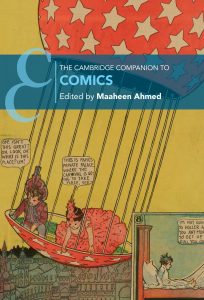
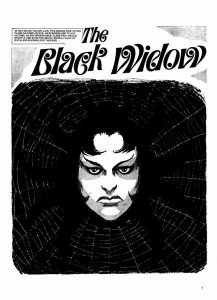 Dona Pursall has contributed an essay to this recent collection of Jaume Rumeu’s work in Misty.
Dona Pursall has contributed an essay to this recent collection of Jaume Rumeu’s work in Misty.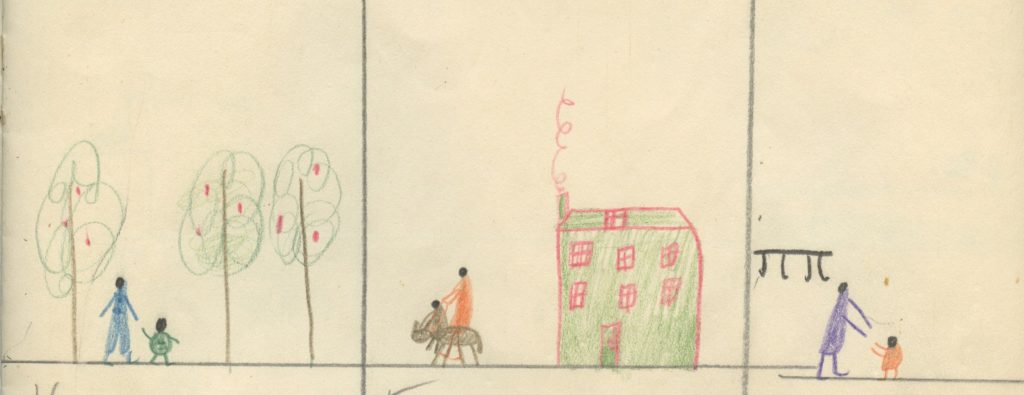
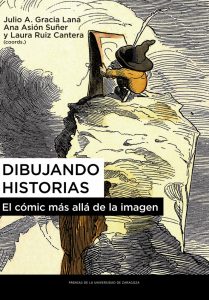 Dona Pursall and Eva Van de Wiele have each contributed a chapter to the collective volume
Dona Pursall and Eva Van de Wiele have each contributed a chapter to the collective volume 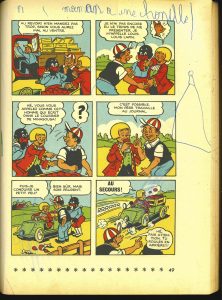 New article by Benoît Crucifix in the latest issue of
New article by Benoît Crucifix in the latest issue of 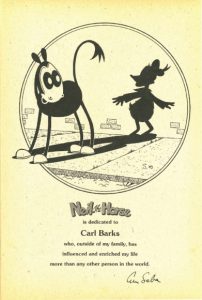 New article
New article